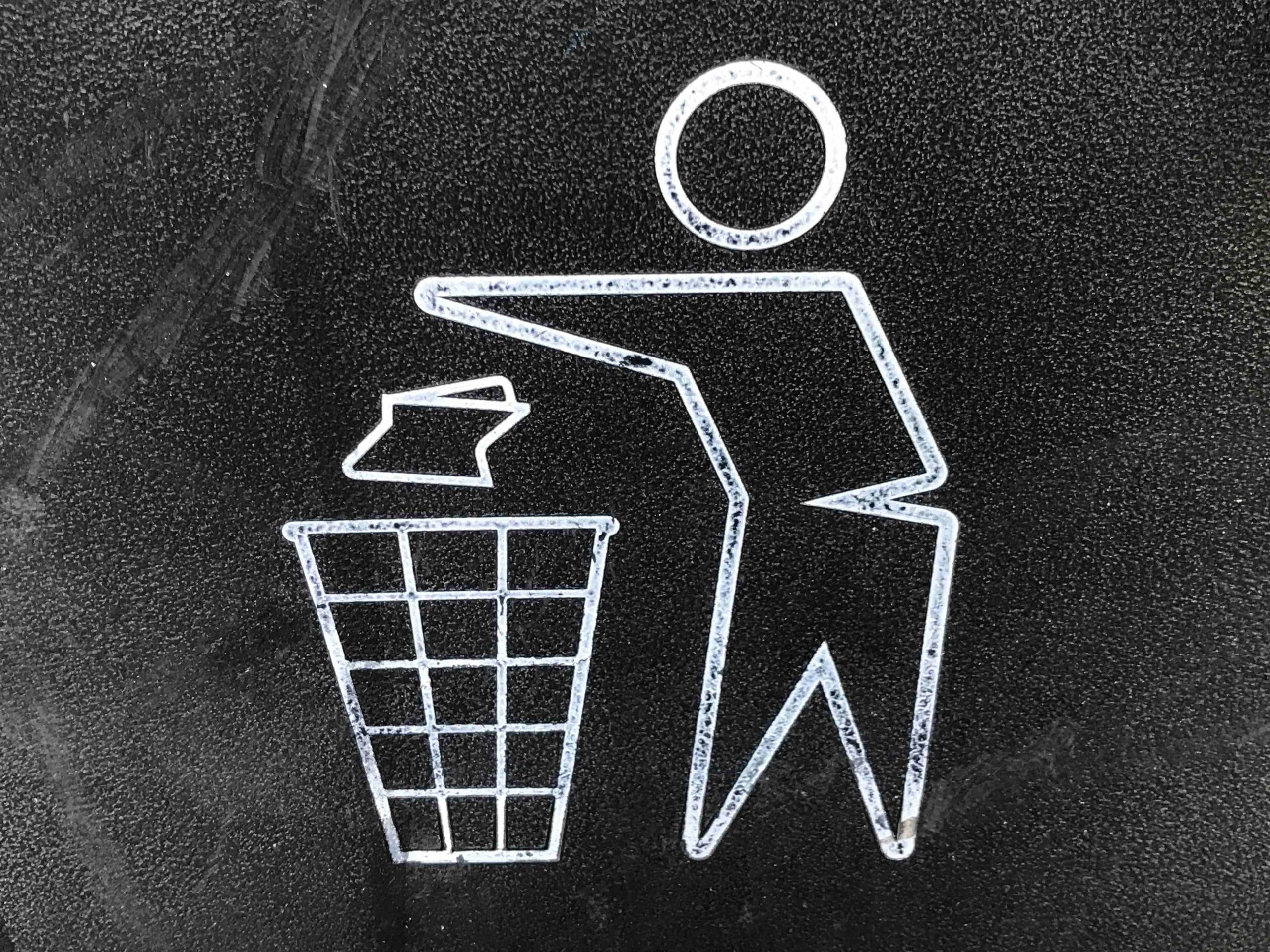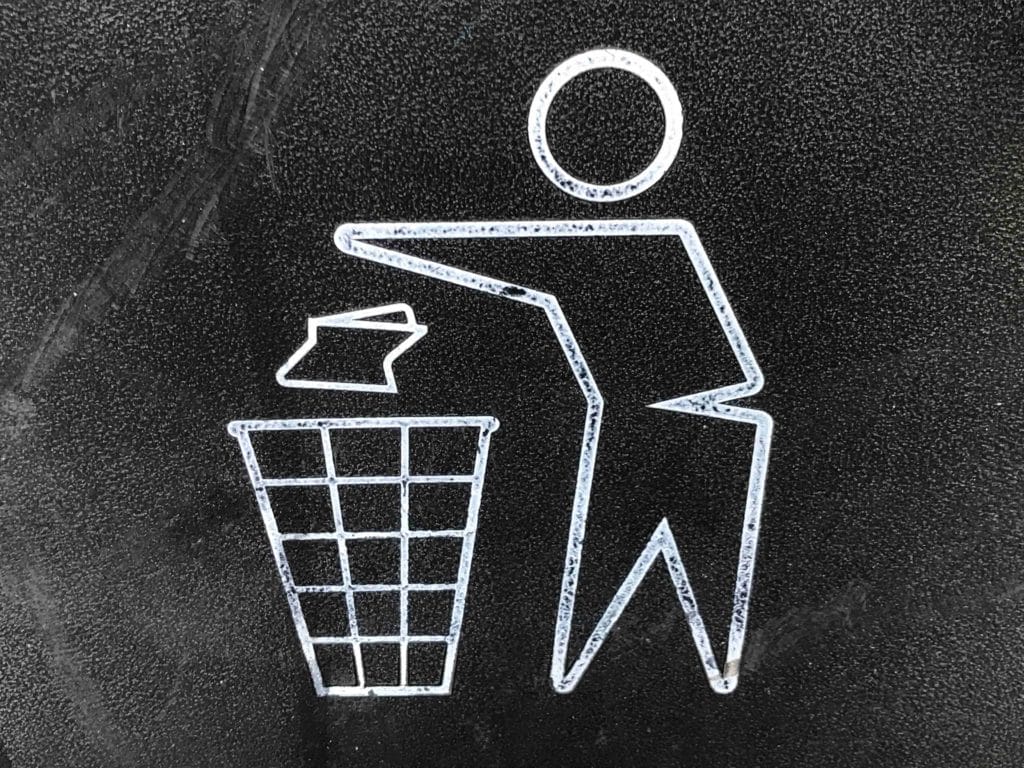Ms. Candy Slice’s letter from Alexandria, VA isn’t a question so much as a scolding. She writes “I am morally opposed to printers! You are killing the rainforest by using so much paper and I cannot support that! It’s so wasteful! We don’t even need much paper anymore because we have digital communication and that’s better anyway. How do you sleep at night!?”
A: Well hello to you too! We’ve heard your argument before, but we think it’s time to put such misleading claims to bed. The printing industry is NOT the killing machine you seem to think it is, and in fact, there is evidence proving that it helps our environment. Let’s take a look at the facts.
- ‘You are killing the rainforests by using so much paper’
According to reporting from the Seattle Post-Intelligencer, a local American newspaper, “In the United States, deforestation has been more than offset by reforestation between 1990 and 2010. The nation added 8 million hectares (19 million acres) of forested land during that period,” compared to the total loss of 4 million hectares (10 million acres) during that same period. That’s a net gain of about nine million acres of forest land!
“This trend in reforesting areas has been driven by organizations such as the U.S. Forest Service and the Arbor Day Foundation. Reforestation efforts were critical to maintain forest cover starting at the beginning of the 20th century, and they are the reason that there is a net positive trend in forest growth today.”
- ‘It’s so wasteful!’
Recycled paper is helpful to our planet! According to treehugger.com, “Recycling paper conserves natural resources, saves energy, reduces greenhouse gas emissions, and keeps landfill space free for other types of trash that can’t be recycled.” In fact, “recycling one ton of paper can save 17 trees, 7,000 gallons of water, 380 gallons of oil, 3.3 cubic yards of landfill space and 4,000 kilowatts of energy — enough to power the average U.S. home for six months — and reduce greenhouse gas emissions by one metric ton of carbon equivalent (MTCE).”
Additionally, approximately 80% of U.S. paper mills use some level of recycled paper.
The Environmental Protection Agency reports that 65.9% of paper used in 2017 was recycled; at approximately 44.2 million tons, that made paper the most recycled material of the year!
- ‘Digital is better anyway.’
Did you know there’s a significant amount of waste behind-the-scenes of digital communication? The BBC explains that our technological gadgets and communication come with a carbon footprint. Each message, video, and internet search require power – power that often comes from data centers which run on fossil fuels. The amount of greenhouse gasses it takes to power our devices is equivalent each year to the amount produced by the airline industry – and is expected to double by 2025!
Beyond usage of electronics, there’s also the costs associated with their production. While paper from trees is considered a renewable resource, most electronic devices are comprised of rare, nonrenewable elements like yttrium, thulium, and strontium. Even if we were to discover reserves of these, there are still problems with their usage: for example, the UK’s Independent reports that extracting earth elements for use in mass production not only has a large negative environmental impact, but also creates human rights issues for its laborers.
As it turns out, there is no ‘perfect’ solution to sourcing all of humanity’s needs. But as far as solutions go, paper is a pretty good one.
So, Ms. Slice, to answer your question, we sleep quite well. Please send any additional questions!

